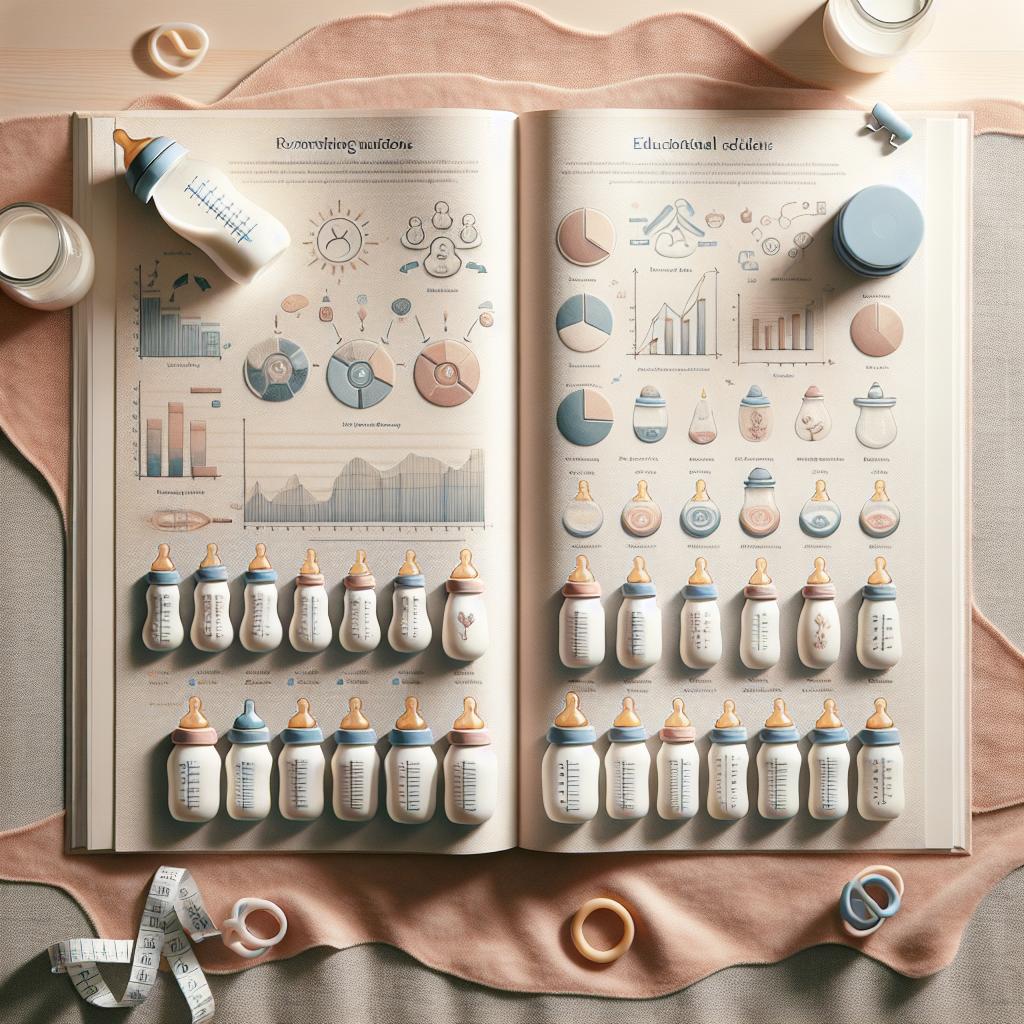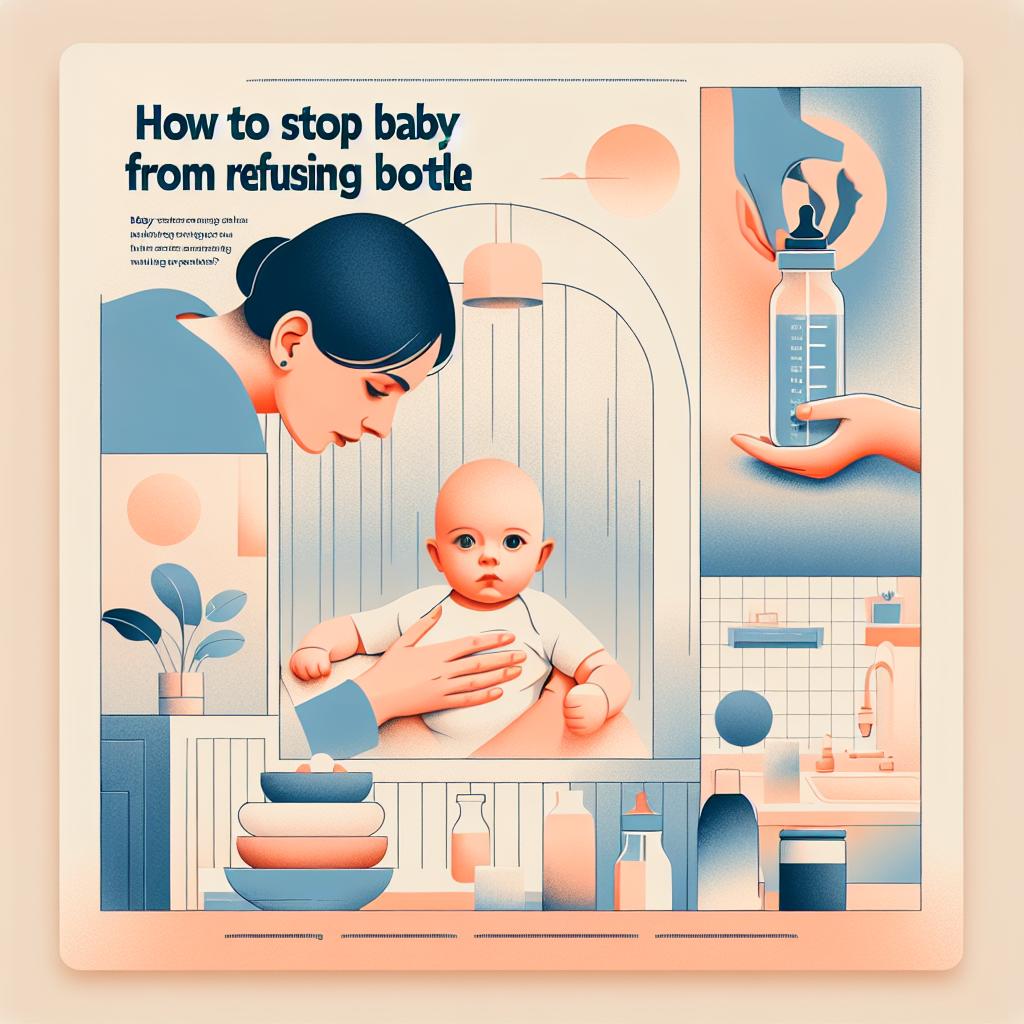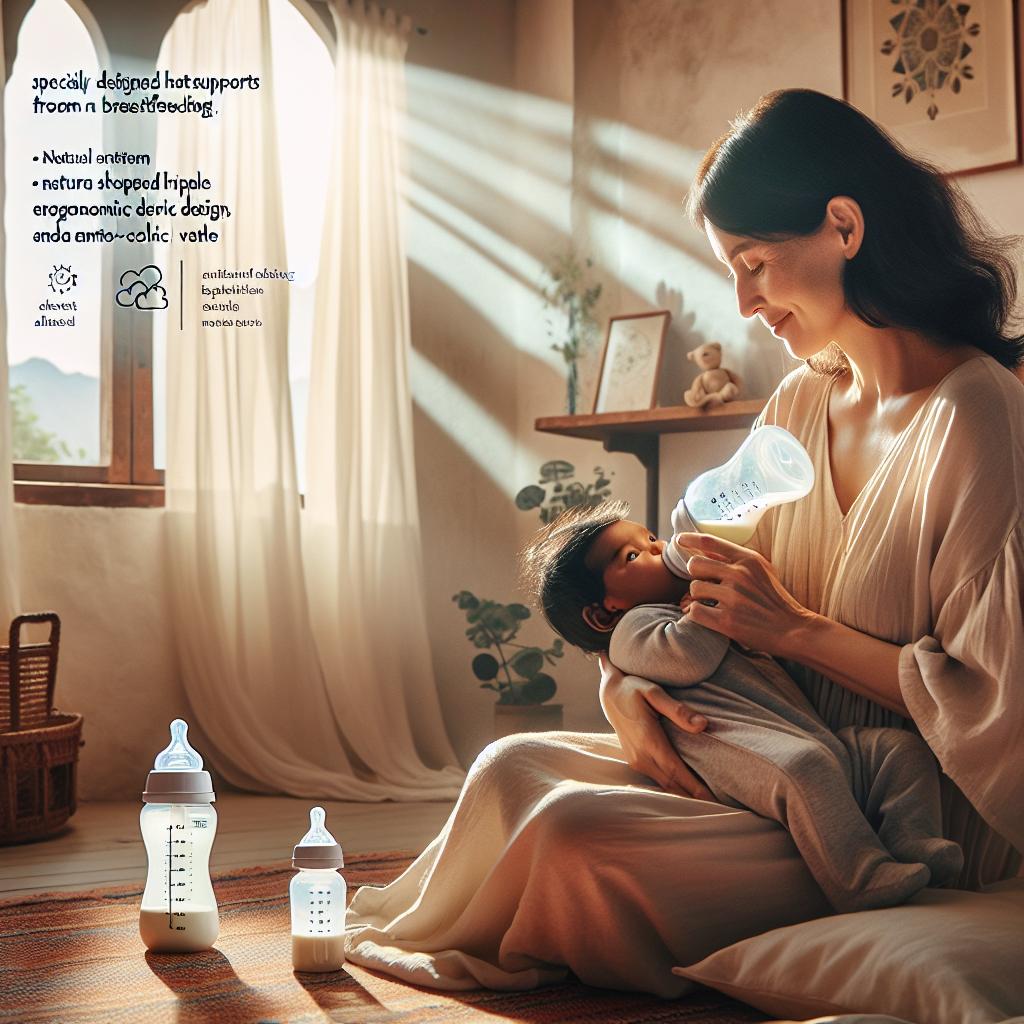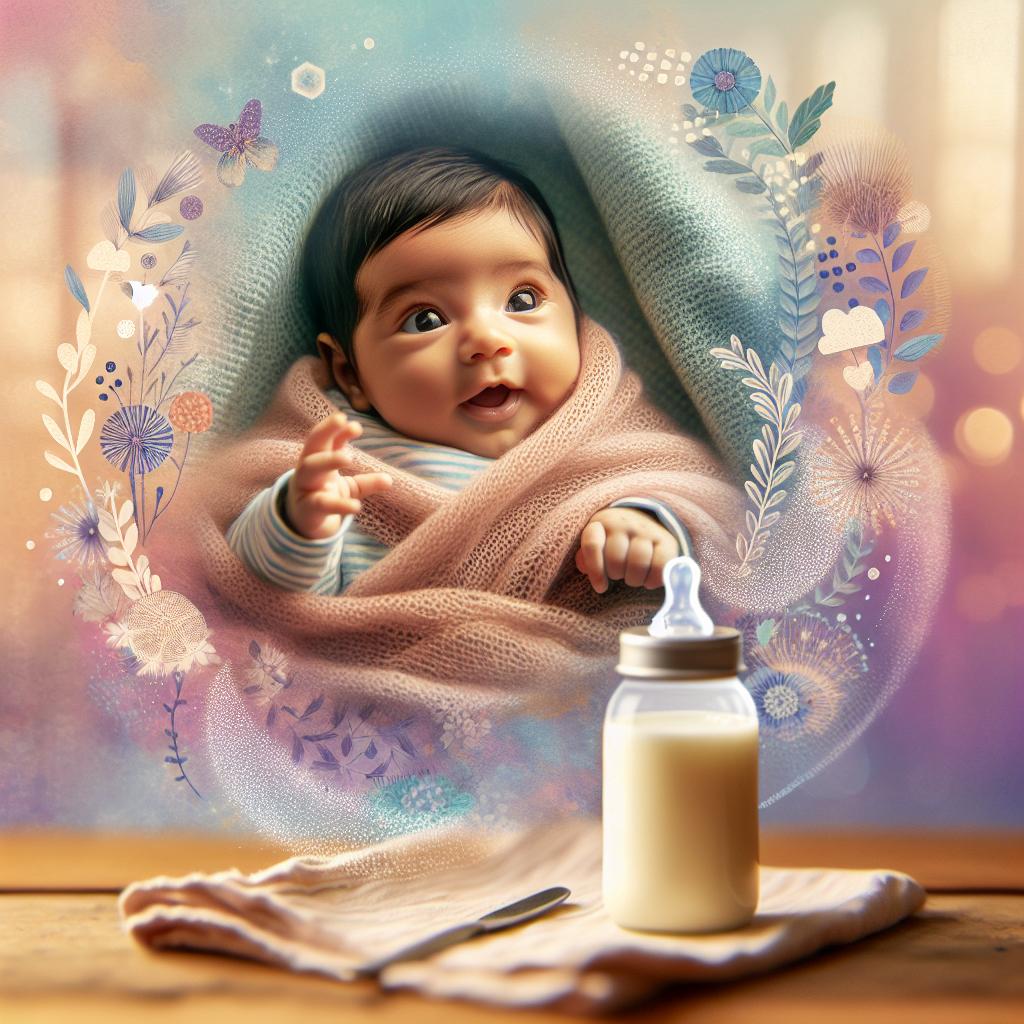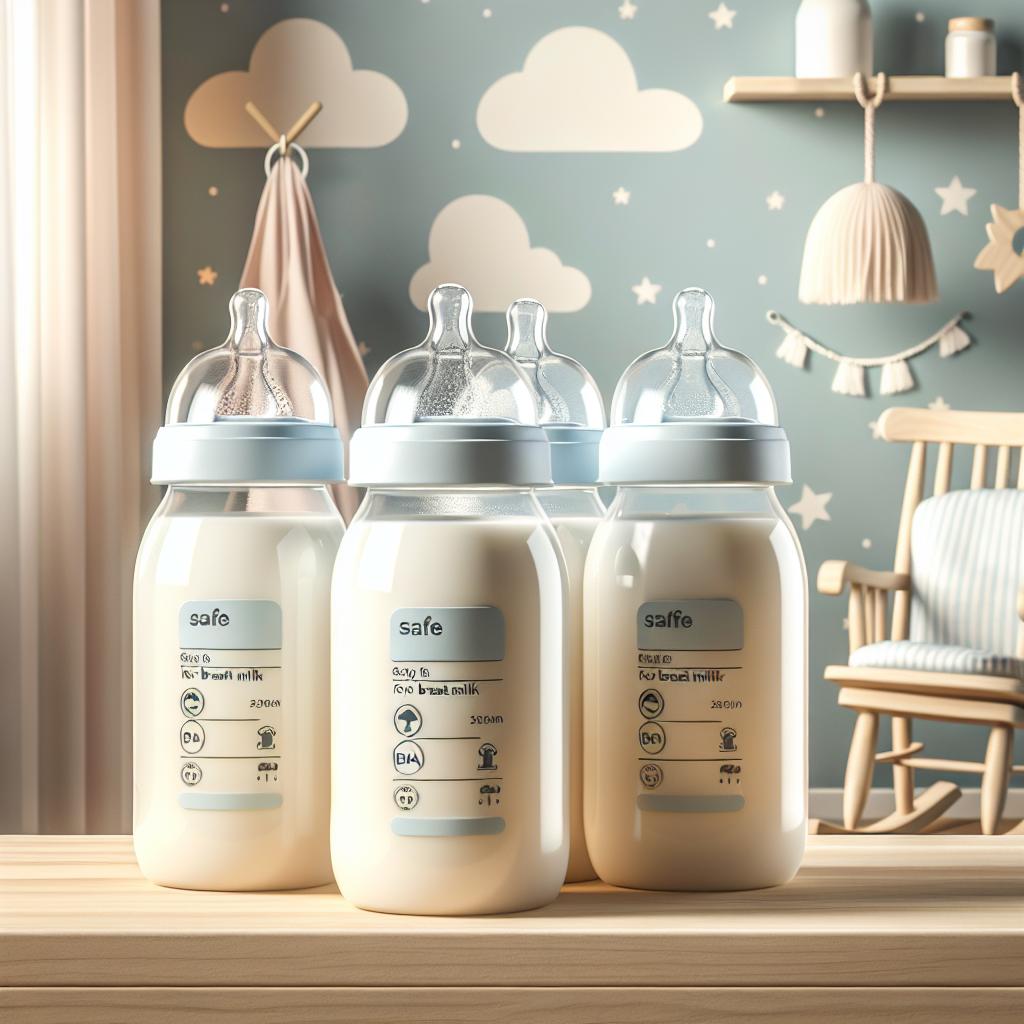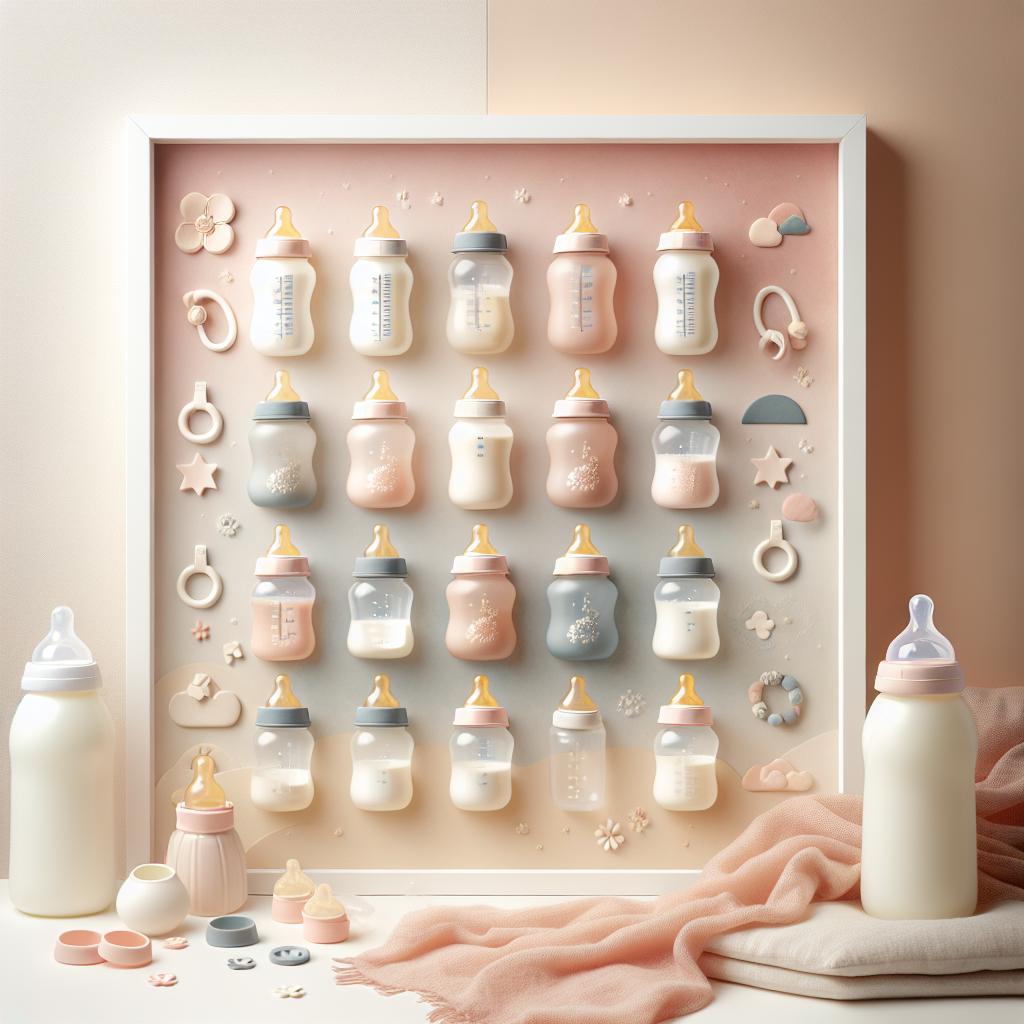The Backbone of Best Feeding Solutions: Understanding Your Bottle’s Role
Every parent strives for the best feeding solutions for their little ones. A fundamental factor to consider in this quest is the baby bottle. But with so much information floating around, identifying the optimal baby bottles may be overwhelming. Thankfully, science-based research is here to help make this essential decision easier.
The Imperative of Optimal Baby Bottles
The choice of a baby bottle plays a significant role in your baby’s feeding experience, influencing not only their nutritional intake, but their overall health as well. For instance, a study published on PubMed explains that the material of the bottle can impact the baby’s exposure to microplastics. This reaffirms the need for biomimetic baby bottles that replicate natural breastfeeding and minimize potential health risks.
- Comfort and Ease of Feeding: Optimal baby bottles are designed to mimic the natural feeding process, making it easier for the baby to latch onto and creating a more comfortable feeding experience.
- Safety: The best feeding solutions prioritize safety, reducing exposure to harmful substances like BPA or microplastics.
- Nutrient Preservation: The design and material of the bottle should also aim to preserve the nutritional value of the milk, undeterred by environmental factors or handling.
The Science Behind Choosing The Best Bottles
Now that we know why choosing the optimal baby bottles is crucial, let’s delve into the scientific aspects to consider.
Material Matters
The material of the bottle can entirely influence the safety profile of the feeding solution. A report by The Guardian revealed that bottle-fed babies might swallow millions of microplastics each day. Consequently, material like BPA-free plastic, silicone, or glass that reduces the risk of microplastic exposure is preferred.
Design Defines
The design of the bottle can significantly impact the feeding experience and the baby’s acceptance of the bottle. According to a review by Wirecutter, features like a wide neck for easy cleaning, a comfortable grip, and anti-colic venting system can contribute to the bottle’s effectiveness and popularity among parents.
Feeding Mechanism
Science-based feeding tips often emphasize the importance of a natural feeding mechanism. It means the flow and quantity of milk should be regulated and mimic natural breastfeeding to prevent overfeeding or underfeeding the baby. A good bottle design helps ensure this.
In the pursuit of the best feeding solutions, parents need to keep themselves informed and make choices based on scientific findings. Admittingly, the task might seem arduous, yet it is essential. And remember, feeding should not be a cause for concern or guilt, as an article from Harvard Health Blog emphasizes, the choice of feeding method should ultimately depend on the health and wellbeing of both the mother and the baby.
As we continue to explore the science of optimal baby bottle feeding, the next part will delve into the role and impact of sterilization, handling, and more.
Exploring Baby Bottle Sterilization and Its Importance
Sterilization of baby feeding bottles is crucial. Good hygiene practices and sterilization can significantly reduce the risks associated with potential bacteria or other harmful pathogens that might affect your baby’s health. As mentioned in an article on Nature, sterilizing baby bottles is highly recommended, especially for infants under a year old.
Types of Bottle Sterilization
The sterilization method you choose may largely depend on convenience, but rest assured, they all aim to kill bacteria. Here are the most common types:
- Boiling: This is a classic and quick method to sterilize a baby bottle.
- Steam Sterilizer: This is an effective method, harnessing the power of steam to kill bacteria.
- Microwave Sterilizer: These convenient bags are perfect for on-the-go sterilization.
- Cold Water Sterilizing Solution: A non-heat-based method using sterilizing fluid or tablets.
The Role of Proper Handling
Proper handling of your baby’s bottle is just as critical as sterilization. A study on PubMed Central found that mishandling posed greater cumulative risk in the contamination of baby bottles than the use of unsafe materials. Here are some tips:
- Wash your hands: Prior to feeding your baby or preparing a bottle, thoroughly wash your hands.
- Check for signs of wear: Regularly inspect baby bottles for cracks or signs of wear as they can harbor bacteria.
- Discard leftover milk: Never reuse leftover milk as it might harbor harmful bacteria.
The Influence of Feeding Environment
The environment where feeding takes place also impacts the overall experience and safety. An overly hectic feeding environment may distract the baby and complicate the feeding process. Ensuring a calm and comfortable environment not only supports the baby’s focus on feeding, but it also fosters a nurturing bond between the parent and the child.
Research published on PubMed Central suggests that responsive feeding, in which parents respond sensitively to baby’s feeding cues, promotes healthier eating patterns in infants.
Empowering Parents in their Feeding Journey
While making feeding decisions can seem overwhelming, it’s crucial to remember that well-informed decisions will help ensure the best for your baby’s health and growth. Every choice, from the bottle to sterilization methods, can positively shape your baby’s feeding journey and overall experience.
In conclusion, always consider scientifically backed findings, like those from resources available on PubMed Central, to guide you in creating safe, effective feeding practices for your little one. Continue to stay tuned as we explore further, the art and science of infant feeding – from understanding bottle materials and designs to learning about sterilization, handling, and more.
